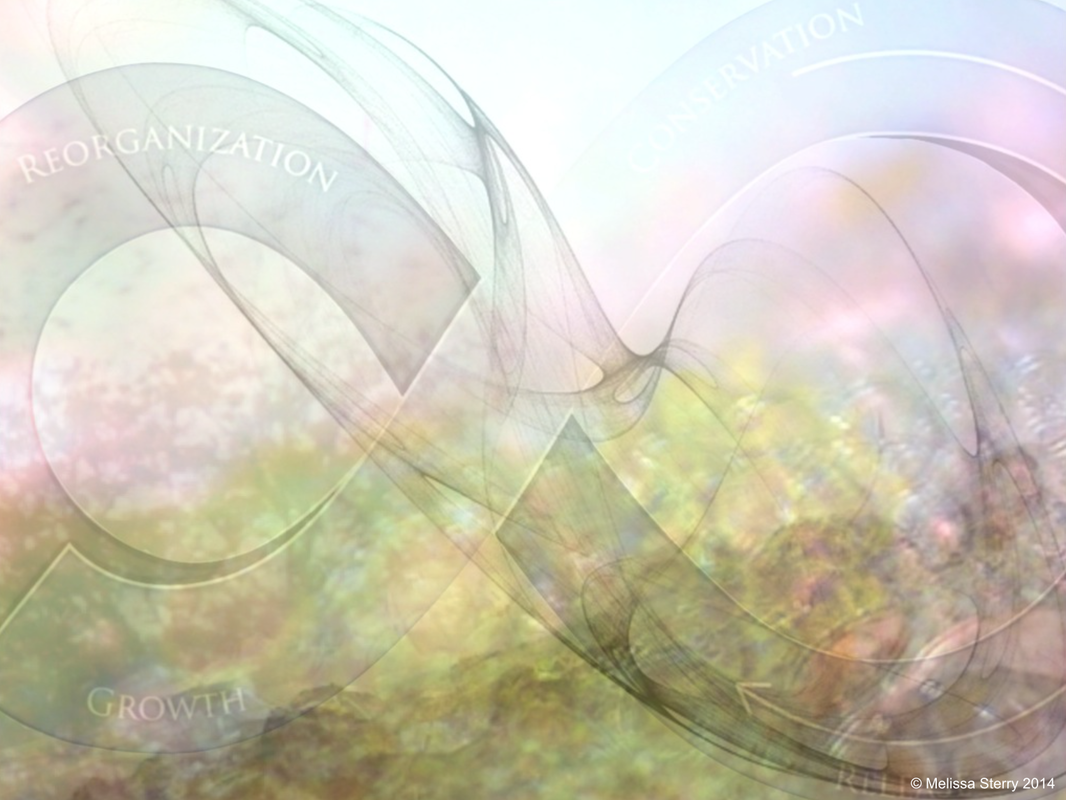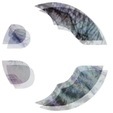|
In the October 2015 edition of SGI Quarterly I explore a few ways in which the mimicry of the behaviours, relationships and systems of flora and fauna species could help us construct cities that are more sustainable and resilient. Extract: "The future city of science fiction is a place without a past. A tabula rasa, its foundations rest on the belief that in and of itself technology will solve all of society's ills. All neon lights and jetpacks, this city is the apex of materialism, a place where "bigger is better." But this is the city of science fiction, not of science fact, and as the saying goes, "Science is stranger than fiction." Since 2009, I have been exploring the question of how nature would design a city. My research has focused on the potential to develop city-scale resilience to major natural-hazard events through the mimicry of the behaviors, relationships and systems of flora and fauna species. The inspiration to explore how ecosystems respond to meteorological and geological phenomena came in part from a lifelong love of the natural world. But more significant still was a compelling body of data that indicates humanity has much to learn from nature." Read more here.
0 Comments
Your comment will be posted after it is approved.
Leave a Reply. |
AuthorMelissa Sterry, PhD, chartered design scientist, systems theorist, biofuturist, and serial founder inc. Bionic City® Bionic CityAsking the question "how would nature design a city" since 2010.
Archives
October 2023
Categories#bionics
#biotech #biodesign #bioscience #biomimetics #biotechnology #bioengineering #bioinnovation #bioaesthetics #biorevolution #bioenterprise #biosystems #biocreative #biofuturism #biofutures #biocentric #biofacture #biotecture #biovation #biofiction #biourban #biocities #biolab #bioart #STEM
#STEAM #STEAMED #STEMcomms #STEAMcomms #STEAMEDcomms © Bioratorium Limited & Melissa Sterry
2021 All Rights Reserved |

 RSS Feed
RSS Feed

